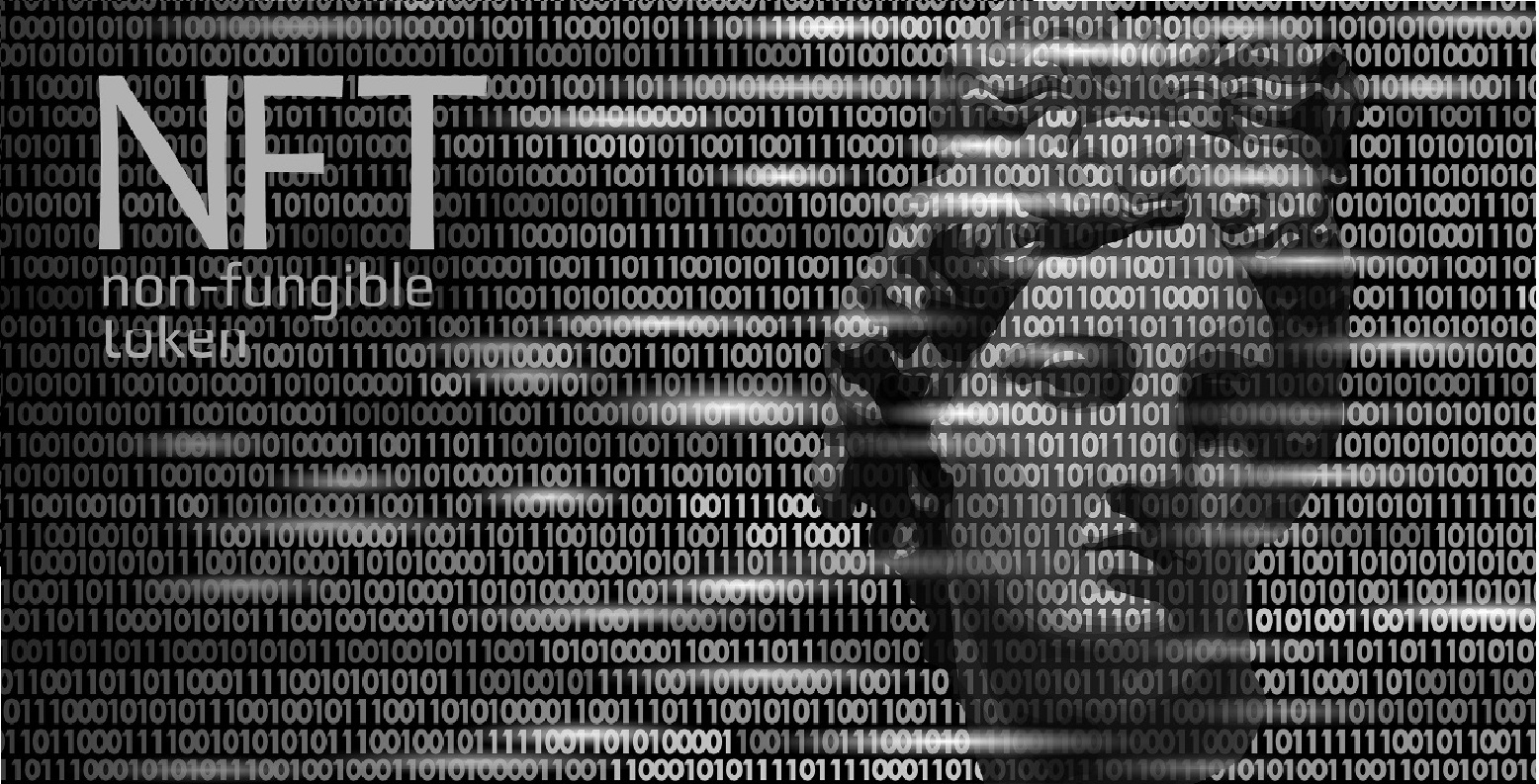The first lawsuits in the USA bring out the legal problems on the protection of trademarks and copyrights
The Metaverse and the related phenomenon of tokenization – in particular the so-called. NFT or Non Fungible Token – have now become concepts of our daily life, even if still not easy to understand.
In particular, by Metaverse we mean a 3D virtual world within which, by means of one’s own avatar, various of our daily activities can take place, such as going to the cinema, visiting museums, making purchases in clothing stores (including luxury). This digital reality is closely related to the so-called. NFTs, i.e. digital assets generated on block chains (blockchain) that allow a digital object or a right relating to a physical asset to be uniquely identified and, moreover, to guarantee ownership of the same. Indeed, through NFTs, one can acquire a title to any unique asset, such as a deed to an object in the digital or physical realm.
From a procedural point of view, the right claimed over an asset is converted into a digital token registered within a blockchain, which constitutes the complete register of all transactions included in the database and where the asset itself and the token are connected by one smart contract (intelligent contract). The latter constitutes an innovative contractual form that allows two or more parties to enter into any contract (in written form) without resorting to intermediaries and without meeting in person: everything happens automatically when certain conditions pre-established by the contractors themselves occur; the contractors enter into the “smart contract” and subsequently the latter is recorded in the blockchain.
Despite the current absence of a regulatory system (legal and fiscal) that regulates NFTs, they have aroused widespread interest worldwide from all categories of investors – even small ones – as the creation, purchase, the sale and exchange (for investment purposes) of an NFT would not be exclusive to wealthy people alone, on the contrary it would allow everyone to easily access even “luxury goods”.
In the Metaverse the logos – in addition to being present in the virtual showcases – will also be imprinted on the clothes and accessories of the avatars of real consumers. In fact, as in reality, users of the Metaverse want their virtual alter egos to have a unique personality, perhaps by “owning” luxury or limited edition items.
Among the sectors most affected by this phenomenon, the art, fashion and luxury sectors stand out. As an example, Gucci has created a virtual space on one of the most used platforms in the NFT space (The Sandbox), while Nike – which has created its virtual world Nikeland on Roblox, which is essentially a digital city where you can buy products digital Nikes, but also playing and practicing sports – acquired the RTFKT brand that creates NFTs and uses augmented reality (AR) to create virtual products and experiences.
Still in the fashion industry, Ralph Lauren released a 50-piece digital clothing collection in August 2021, and the first Metaverse Fashion Week in the history of fashion was held in March 2022 on another virtual platform (Decentreland), where major houses fashion brands of the caliber of Hogan presented a digital edition of the brand’s first luxury sneakers in the NFT.
However, the strong interest aroused in the sector was directly proportional to the problems that arose in the field of brand and intellectual property protection; together with the new projects came the first disputes where some completely new legal problems were revealed.
The birth of the first legal disputes in the field of NFTs and IPs took place in the USA, where one of the main legal battles that is currently causing a stir is the one between the fashion house Hermès and Mason Rothschild – a digital artist from Los Angeles – sued by the fashion company for copyright infringement.
In particular, the subject of the dispute refers to the creation by the artist of the “Metabirkins” NFT, 100 limited edition models inspired by the famous bag of the French brand, which was unaware of the project. According to the indictment, Rothschild clearly profited from the unauthorized use of the Hermès brand, launching over 100 digital collectibles under the “MetaBirkins” brand and making significant sums from the sale and resale of the NFTs, thereby creating confusion among consumers in regarding the rights that buyers acquire through an NFT (in fact, some buyers think they are buying the underlying object and all the rights that accompany it; in reality, they are simply buying the metadata associated with the asset).
On the other hand, to make and sell art depicting Birkin bags, the artist appealed to the First Amendment of the US Constitution which guarantees freedom of expression and protects artists before the country’s courts. The ruling of a New York judge is awaited on the dispute.
Another relevant legal case on the subject in question involved one of the largest American and global brands, Nike, which started a legal dispute with StockX, a reselling platform valued at 3.8 billion dollars, accusing it of having sold over 500 NFTs of Nike shoes without authorization, damaging the US trademark.
Or again, last November the film production company Miramax sued director Quentin Tarantino, for infringement of trademark, copyright and contract, following the director’s intention to auction off NFTs related to the film of 1994 Pulp Fiction.
It is inevitable to consider that the spread of the phenomenon of the Metaverse and NFTs “like wildfire” requires rapid and consistent legal and fiscal rules, brand protection and intellectual property rights, in order to avoid “legal abuses” of various kinds . In the IP field, despite large multinationals such as Adidas and Nike having filed applications for trademark registration to use them in the Metaverse – with the intention of offering downloadable virtual goods for use in virtual worlds – the first fraudulent registration attempts are already being registered of famous brands by third parties for virtual products and services.
First, however, it would be necessary to definitively outline the concrete meaning of an NFT – as well as the actual correlation of the same with the “underlying” asset – in order to be able to identify its correct position in the legal and fiscal sphere.
Alessandro Madau
Angelo Ferro

